The Eppie Wietzes F5000 Championship-winning McLaren M-10B
By Kevin Triplett | Photos by Dennis Gray
From his earliest days as car designer and builder, Bruce McLaren understood that success of his designs on the race track lead to opportunities to sell customer cars. Bruce’s interests lie in developing new cars, not running a production operation, so Bruce formed a partnership with Trojan Cars. Trojan first came to prominence in the early 1960’s as builders of the Elva sports racing cars in their South London shops. Trojan and Bruce McLaren began their partnership in 1964 when Trojan built 24 copies of the McLaren M1A sports racing car, with the the production versions known as the McLaren-Elva Mark 1. Over fifty copies of the subsequent M1B and C design improvements were sold as the Elva Mark 2 and Mark 3. The first customer cars sold built by Trojan under the McLaren name were the McLaren M6B Can-Am sports cars.
With 1968 announcement that the SCCA (Sports Car Club of America) would apply its successful Can-Am stock-block American V-8 power recipe to the Formula A cars to create the F5000 series, McLaren and Trojan saw an opportunity to sell more customer cars. McLaren enlisted designer Gordon Coppuck to modify the McLaren M7 Formula 1 car to the 1969 F5000 rules, and Trojan built 17 customer cars. In the 1969 SCCA Continental Series, McLaren M10A’s won two races and scored 11 top ten finishes in a 14-race season, and Peter Gethin captured the British F5000 championship driving a works-supported McLaren M10A.
Following the success of the 1969 McLaren M10A, the McLaren M10B chassis design became one of the most popular in F5000 competition, as Trojan delivered 21 customer cars. The McLaren M10B captured the L & M Continental Series championship for John Cannon and his car owners Malcolm Starr and Carl Hogan with three wins, and Peter Gethin captured a second straight Guards Championship in his works M10B.
For 1971, McLaren introduced the McLaren M18, and Trojan built eight new cars. Most teams elected to continue with their M10B’s, and the results of the M18 were disappointing when compared to the M10B. In 1971, David Hobbs won the 1971 L & M championship in the Hogan-Starr M10B, and Graham McRae captured the first of his three Tasman Series championships driving a McLaren M10B.
The 1972 McLaren F5000 design known as the M22 but only three were built and it was not much of improvement. The final McLaren F5000 design, a modification of the M23 1974 Formula 1 world championship design, was designated as the 1975 M25, but no cars were built. By this time, all the F5000 series worldwide were on the decline.
Eppie Wietzes was born in Holland in 1938 but raised in Canada, where he started racing in 1958 mainly in sports racing cars. Eppie suffered serious leg injuries in his first race in 1964 and he sat out the rest of that season. Despite that setback, Eppie steadily advanced up the road-racing ladder, and eventually drove Ford GT40 for Comstock Racing through 1966 and 1967 at the major North American road races. In 1967, Eppie rented a ride from Team Lotus for the Canadian Grand Prix at Mosport. Unfortunately, Jimmy Clark crashed his Lotus in practice, took over Eppie’s machine, and grabbed the pole position. Wietzes struggled with the repaired Clark machine throughout qualifying and the rainy race – he was disqualified after he received a push during the event. In 1969, Eppie captured the nine-race Canadian Road Racing Championship for Formula A/5000 machines with five victories driving a Lola T142 fitted with a high rear wing.


McLaren M10B F5000 – Car Profile Page Two
In 1970, Eppie Wietzes captured his second straight Gulf Canada Series championship with five wins in the #94 Formula Racing McLaren M10B, raced in the L & M Continental series when it did not conflict with the Canadian series, and placed fourth in the 1970 L & M points standings, with a best finish of second at Mosport. The Canadian series ended in 1970, and Eppie continued as a regular L & M F5000 series competitor. In 1971, he drove a new McLaren M18 to another fourth place overall in season points, with four top-five finishes over the nine-race season, and his best finish a second at Brainerd. In 1972, Eppie and the Formula Racing team, owned by Jim and Joan Clayton, switched to a Lola T300, won the Brainerd F5000 round and finished fifth overall in the points. Wietzes stuck with Lolas for the rest of his time in the F5000 series – he finished sixth overall in 1973 with a Lola T330, fourth overall in 1974 with a Lola T332, and fifth overall in his final F5000 series in 1975 driving a Lola T400. Eppie Wietzes had a remarkable F5000 career, as he never placed below sixth in the F5000 final standings in his six years of competition.
Beginning in 1976, Eppie Wietzes became a regular competitor in the SCCA Trans-Am series, and won the 1981 Trans-Am champion driving a Chevrolet Corvette, the only driver ever to win the title in a Corvette until the 2010 season. Eppie continued to regularly compete in SCCA Trans-Am racing until 1986, when he cut back his racing schedule. Eppie competed in the GT classes at the 1987 Daytona 24-hour and Sebring 12-hour races before he retired from driving. Wietzes was inducted into the Canadian Auto Racing Hall of Fame in 1993.


Following the successful Eppie Wietzes’ 1970 season, Formula Racing sold the red and white #94 car to John Maryon, who subsequently sold the car to Dennis Ott, to replace his crashed McLaren M10B chassis #400-09. Ott drove it as #56 in three 1971 L & M races and the SCCA national race at Phoenix. As with many old racing cars, the history of the car after 1971 is unclear, but re-surfaced in 1994 with its current owner/driver, David Hankin, an orthopedic surgeon from Redding California.
The car appears exactly as it did when driven by Eppie Wietzes in 1970. The engine in the car has an interesting history also – it was built by Ryan Falconer Racing Engines in 1981 and used in Al Unser Junior’s Galles GR3 Lola Frisbee in the re-born 1981 and 1982 SCCA Can-am series. Displacing 302 cubic inches, it features aluminum heads on a steel block fed with Lucas fuel Injection and is dynamometer rated at 520 horsepower and 437 foot-pounds of torque. In addition to the Wietzes F5000 car, Hankin also owns and drives one of the 15 Trojan-built 1968 McLaren M6B Can-Am cars in vintage events.
[Source: Kevin Triplett; photo credit: Dennis Gray]


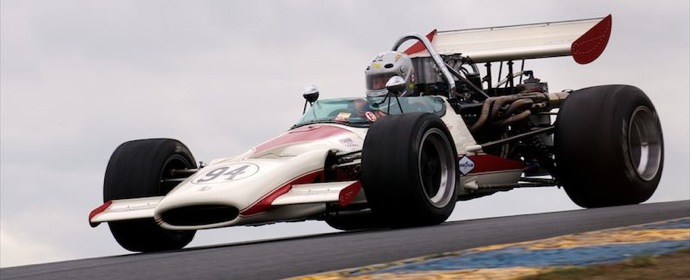
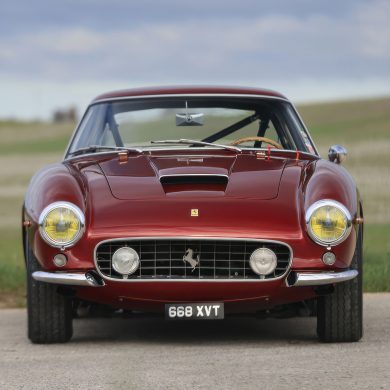
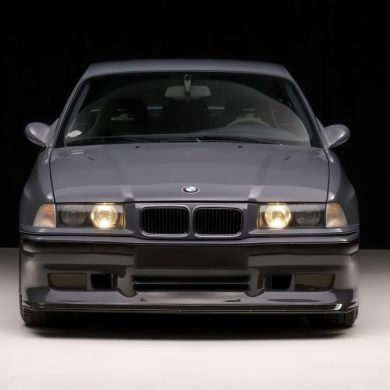

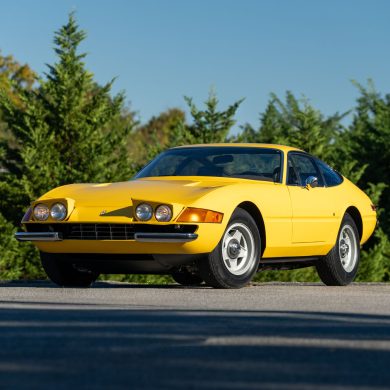
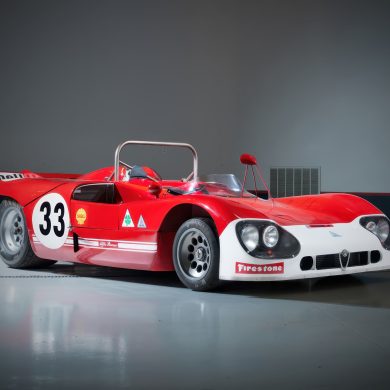
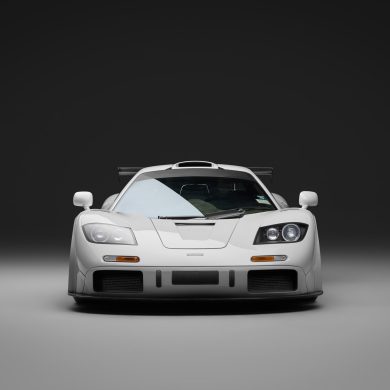


Hi Dave, though those headers looked familiar! The old dear I remember was McLaren orange but the history you’ve found and the original paint job is fantastic. And you have an M6B, sure you wouldn’t like to do an event in 2015? I’ll be there with bells on. . . .
cheers,
Chris
I am interested in purchasing a F5ooo race car with history able to be proven before December 1977. I would prefer a Lola T330 or T332. I will consider any make of F5000. I raced a Lola T332 that was eventually sold to the USA in around 1981, chassis No was HU36. I would appreciate any information relating to the present owner. I believe the car was damaged several times. I would be interested in the damaged remains.
Thank you. Chas.
I have eppies lola t300 for sale. RaceCarLocators.com
thanks